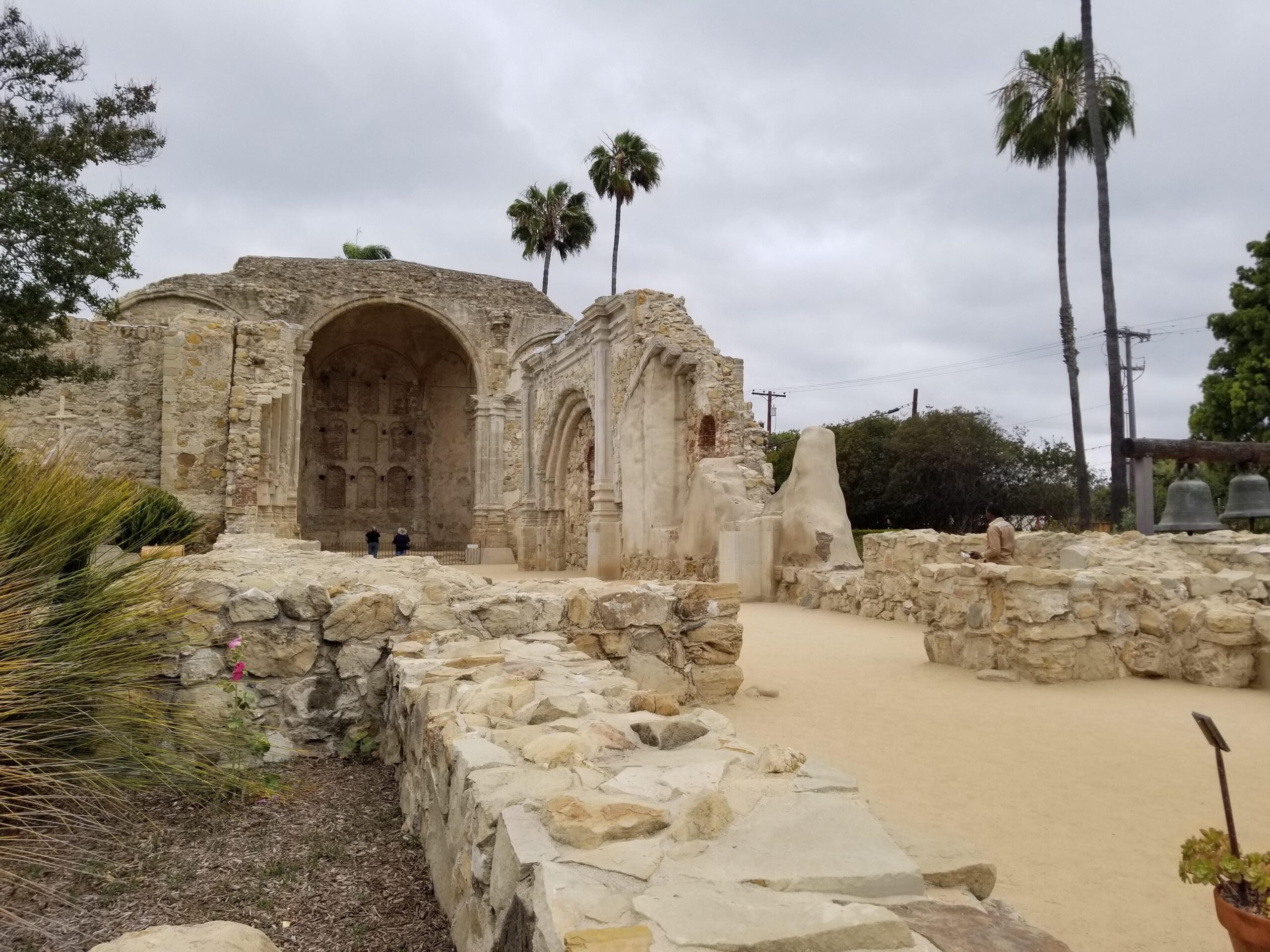Mission San Juan Capistrano, located in Orange County, California, is a historical landmark that embodies rich cultural heritage and architectural grandeur. Established in 1776, this mission holds integral significance in California’s history and the broader narrative of American colonialism. Below are ten captivating facts about this storied site that highlight its historical, architectural, and cultural prominence.
1. Founding and Purpose
Mission San Juan Capistrano was the seventh of the 21 California missions founded by Spanish Franciscans. Its primary objective was to evangelize the Native American population of the region, specifically the Acjachemen people. The mission served as a crucial outpost for the Spanish Colonial empire, aiming to spread Christianity and establish a foothold in the burgeoning territory.
2. The Return of the Swallows
Aunique aspect of Mission San Juan Capistrano is its association with the migratory swallow birds, particularly the cliff swallows. Every year, these birds return to the mission on March 19, St. Joseph’s Day, an event celebrated with much fanfare. This annual rite not only symbolizes renewal and the arrival of spring but has also led to a delightful tradition that attracts visitors from far and wide.
3. Architectural Splendor
The architectural design of the mission is a synthesis of Spanish colonial and native building techniques. Its iconic Great Stone Church, constructed between 1797 and 1806, was an engineering marvel of its time. Unfortunately, the church was severely damaged by an earthquake in 1812. The ruins remain a poignant reminder of the mission’s historical resilience and its architectural heritage.
4. Chandeliers and Artifacts
Within the mission’s confines lies an impressive collection of historical artifacts. The chapel features exquisite chandeliers and religious relics, including a statue of Saint Junípero Serra, the founder of the California mission system. The artifacts encapsulate the spiritual and artistic dedication of the Franciscans as they sought to impart their beliefs and culture through both worship and artistry.
5. The Mission Museum
The Mission San Juan Capistrano Museum is an essential treasure trove of knowledge about the Mission’s past. It houses an extensive collection of historical items, including tools, utensils, and clothing used by the early inhabitants. The museum serves as an educational hub, offering insight into the daily lives of the Native Americans and the missionaries alike.
6. The Role in California Missions
Mission San Juan Capistrano played a pivotal role in the California Mission system, serving as a social, agricultural, and spiritual center. By introducing viticulture to the area, the missionaries cultivated vineyards, laying the foundation for California’s renowned wine industry. This agricultural prowess firmly anchored the mission within the economy of early California.
7. Influential Leaders
The mission was notably influenced by several key figures, including Father Fermín Lasuén, who was a prominent missionary and the second president of the California missions. His leadership significantly propelled the mission’s spirit, as he focused on expanding its reach and enhancing its agricultural initiatives. Such leaders forged connections not only among the missionaries but also with the surrounding indigenous communities.
8. Local Water Source
A crucial aspect of Mission San Juan Capistrano’s establishment was its access to the nearby San Juan Creek. This water source proved indispensable for irrigation and sustenance. The mission architects ingeniously designed a system of Adobe aqueducts to transport water throughout the mission grounds, demonstrating an early understanding of sustainable resource management.
9. The Mission Today
Today, Mission San Juan Capistrano functions not only as a historical site but also as a vibrant cultural center. It hosts numerous events throughout the year, including concerts, art exhibits, and educational workshops. The mission’s gardens, meticulously maintained, are a serene spot for reflection, enhancing the visitor experience with their natural beauty and historical context.
10. Heritage Site Status
Designated as a California Historical Landmark, Mission San Juan Capistrano plays an essential role in preserving California’s cultural legacy. It remains a vital touchstone for understanding the influences that shaped not only California but also the broader American narrative. Through preservation efforts and educational outreach, the mission stands as a testament to the importance of heritage in the modern world.
In conclusion, Mission San Juan Capistrano is much more than an architectural relic; it is a living repository of history, culture, and spirituality. As visitors traverse its grounds, they embark on a journey through time, gaining insight into the complexities of the past and the enduring legacies that continue to resonate today. From the return of the swallows to its historical artifacts and vibrant community events, the mission offers a multifaceted experience that enchants and enlightens all who enter. Thus, it remains an essential pilgrimage for history enthusiasts, casual visitors, and anyone keen on exploring the intricate tapestry that is California’s heritage.










